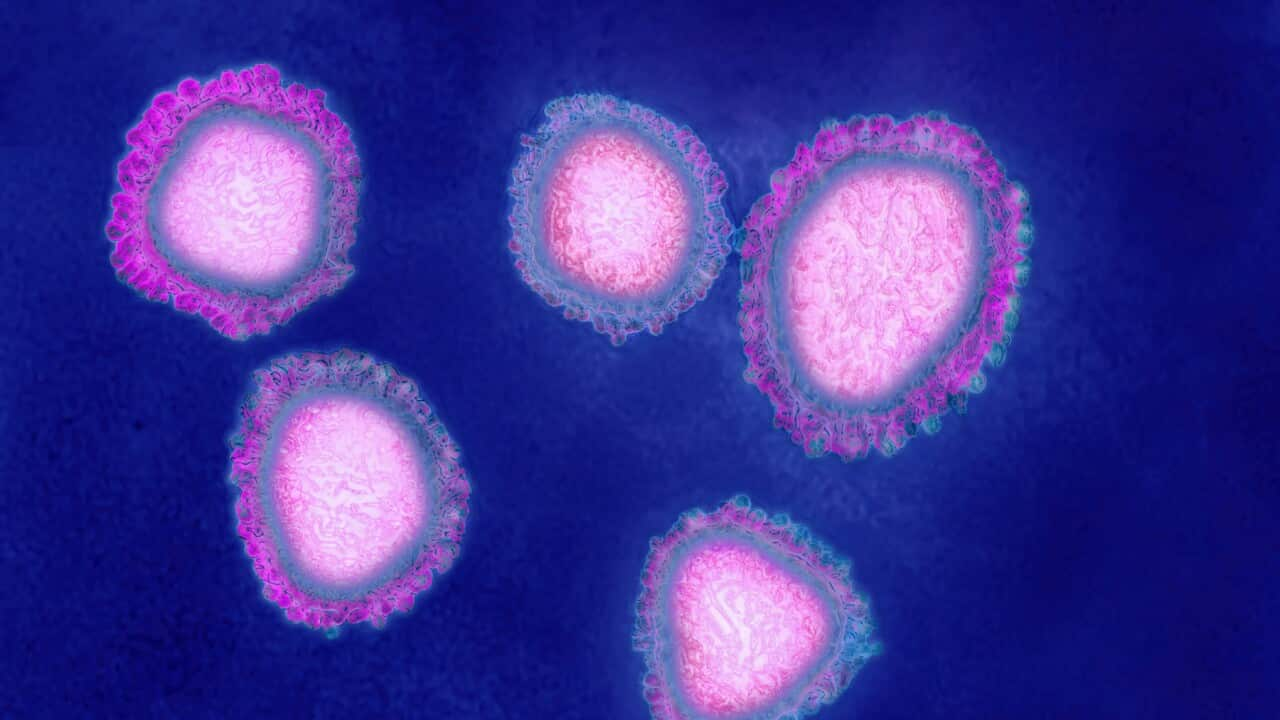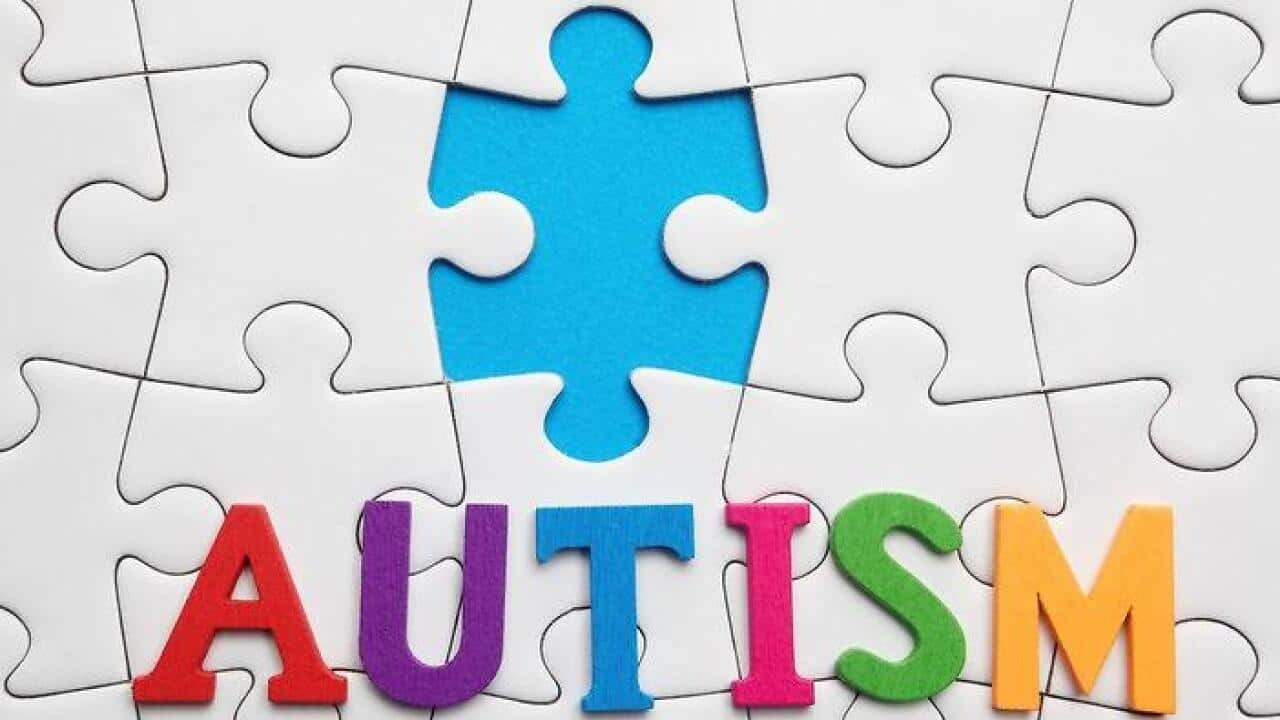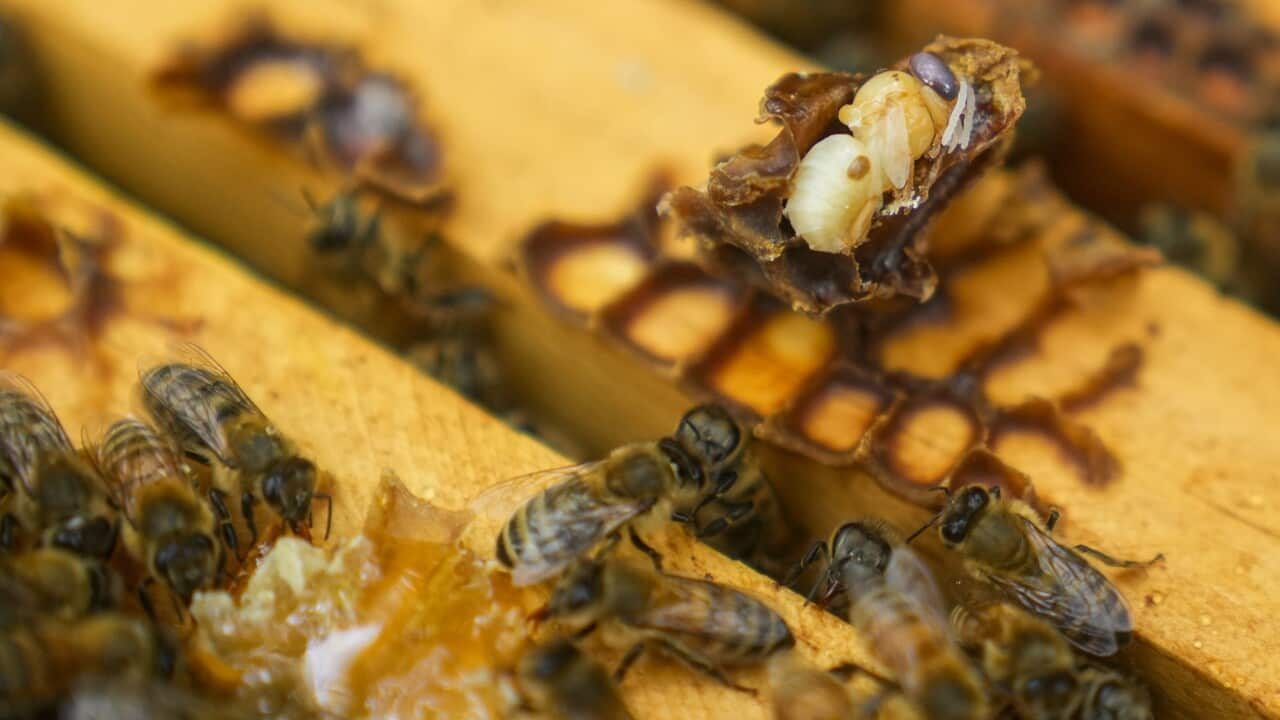Italian
Il portavoce dell'OMS Christian Lindmeier ha dichiarato che, mentre l'ultimo rapporto dell'organizzazione valuta il rischio del virus per la Cina come "molto alto", un'emergenza sanitaria globale non è giustificata dato che il virus deve ancora diffondersi ampiamente fuori dal paese.
"Once we fully understand, or understand more about how the virus transmits, in what form it transmits - whether it is only in a form of a, when a patient shows strong symptoms or also in a form of mild symptoms - of course, countries and health systems can much better prepare and we then, also we would know at what to look for at entry points and airports, harbours or train station for example."
Lindmeier ha dichiarato che possono volerci da uno a 14 giorni affinché i sintomi si manifestino, e i contagiati possono trasmetterlo ad altre persone in quell'arco di tempo.
"Self-protection is still the best possible way we can go about this. This virus behaves flu-like, and as it behaves flu-like, you can also protect yourself as you would against someone who has the flu."
La professoressa Raina MacIntyre è capo del Programma sulla Biosicurezza al Kirby Institute dell'Università del New South Wales.
Ha spiegato come i tassi di mortalità del coronavirus di Wuhan si confrontino con quelli di altri virus simili come la SARS e la MERS.
"At this stage, it's less than SARS and less than MERS. So MERS has the highest mortality rate - it's like 26 to 30 per cent. SARS, it's about 12 per cent. And in this virus, the estimates have ranged from two to five per cent."
Ha detto che le stime su quanto sia contagioso il nuovo coronavirus stanno cambiando a causa dei dati incompleti, ma sembra che sia più altamente contagiosa della MERS.
"One thing with SARS was that by this stage, we were seeing epidemics, like full-blown epidemics, in other countries. We haven't seen that yet with this virus, although there's been a big surge in China, we're not seeing epidemics in other countries. And so that localisation to China, which has land borders with other nations, is not suggesting to me that it's highly, highly contagious."
A Melbourne gli scienziati del Doherty Institute sono riusciti a ricreare in laboratorio, per la prima volta fuori dalla Cina, il coronavirus.
Il virus è stato sviluppato dal campione di un paziente che è arrivato al Royal Melbourne Hospital il 24 gennaio e verrà condiviso con l'OMS prima di essere dato ad altri laboratori in tutto il mondo.
La professoressa MacIntyre ha dichiarato che potrebbe aiutare i ricercatori a capire meglio i sintomi del virus, così come a sviluppare i test per gli anticorpi e un vaccino.
"Hopefully it'll lead to more rapid sharing of information as well, so that the people working on vaccines, such as the group in the University of Queensland, can accelerate their work."
Finora cinque persone sono risultate positive al coronavirus in Australia.
Di queste, 4 si trovano in NSW dove il governo statale ha chiesto ai genitori di tenere i figli a casa nel caso in cui siano stati in Cina negli ultimi 14 giorni.
Tale raccomandazione è in contraddizione con quella del governo federale, che non comprende il divieto di andare a scuola a chi si sia recato recentemente in Cina.
Il Ministro dell'Istruzione Dan Tehan ha dichiarato a Nine Network che i genitori dovrebbero prestare attenzione alle disposizioni degli esperti medici federali.
"That advice is unless you've been in direct contact with someone who has the virus, or is showing symptoms, you're fine to go to school or go to a childcare centre."
Nel frattempo il sito del governo, Smart Traveller, è stato aggiornato per consigliare agli australiani di riconsiderare la loro necessità di viaggiare in Cina.
Ciò mentre il governo federale continua a collaborare con le autorità cinesi per attuare un piano per aiutare centinaia di australiani a tornare a casa da Wuhan e dal resto della provincia di Hubei.
Christian Lindmeier, tuttavia, ha affermato che il capo dell'OMS non è favorevole all'evacuazione dalle aree colpite della Cina.
"DG [World Health Organisation Director-General Tedros Adhanom Ghebreyesus] and Chinese officials discussed measures to protect the health of Chinese and foreigners during this outbreak and in the outbreak areas, including possible alternatives to evacuation of foreigners to ensure that no infections are imported back to the home countries of those foreigners."
La Corea del Sud e il Giappone stanno inviando aerei charter a Wuhan per evacuare i loro cittadini, mentre la Commissione Europea rende noto che contribuirà a finanziare il costo di due aerei per riportare a casa i cittadini dell'UE.
English
W-H-O spokesman Christian Lindmeier says while the organisation's latest report assesses the virus' risk to China at 'very high', it doesn't warrant being declared an international public health emergency as it's yet to spread widely outside the country.
"Once we fully understand, or understand more about how the virus transmits, in what form it transmits - whether it is only in a form of a, when a patient shows strong symptoms or also in a form of mild symptoms - of course, countries and health systems can much better prepare and we then, also we would know at what to look for at entry points and airports, harbours or train station for example. "
He says it can take anywhere from one to 14 days for symptoms to develop, with the infected able to pass it on to others during that time.
"Self-protection is still the best possible way we can go about this. This virus behaves flu-like, and as it behaves flu-like, you can also protect yourself as you would against someone who has the flu."
Professor Raina MacIntyre is Head of the Biosecurity Program at the University of New South Wales' Kirby Institute.
She explains how the mortality rate of the Wuhan coronavirus compares to other similar viruses like SARS and MERS.
"At this stage, it's less than SARS and less than MERS. So MERS has the highest mortality rate - it's like 26 to 30 per cent. SARS, it's about 12 per cent. And in this virus, the estimates have ranged from two to five per cent."
She says the estimates of how infectious the novel coronavirus is varying due to incomplete data, but it appears to be more highly transmissible than MERS.
"One thing with SARS was that by this stage, we were seeing epidemics, like full-blown epidemics, in other countries. We haven't seen that yet with this virus, although there's been a big surge in China, we're not seeing epidemics in other countries. And so that localisation to China, which has land borders with other nations, is not suggesting to me that it's highly, highly contagious."
In Melbourne, scientists at the Doherty Institute have managed to replicate the coronavirus in laboratory conditions - the first recreation outside China.
The virus was grown from a patient sample that arrived at the Royal Melbourne Hospital on the 24th of January, and will be shared with the World Health Organisation before being given to labs across the globe.
Professor MacIntyre says it could help researchers better understand the virus' symptoms, as well as developing an antibody test and a vaccine.
"Hopefully it'll lead to more rapid sharing of information as well, so that the people working on vaccines, such as the group in the University of Queensland, can accelerate their work."
So far, five people have tested positive to the coronavirus in Australia.
Four of those cases are in New South Wales, where the state government has asked parents to keep their children at home if they've been in China within the past 14 days.
The recommendation contradicts the advice of the federal government, which doesn't include preventing recent China travellers attending school.
Education Minister Dan Tehan has told the Nine Network parents should heed the advice of federal medical experts.
"That advice is unless you've been in direct contact with someone who has the virus, or is showing symptoms, you're fine to go to school or go to a childcare centre."
Meanwhile, the government's Smart Traveller website has been updated to advise Australians to reconsider their need travel to China.
It comes as the federal government continues to work with Chinese authorities on a plan to help hundreds of Australian nationals in Wuhan and the wider Hubei province get home.
But Christian Lindmeier says the head of the W-H-O doesn't support any evacuations from China's affected areas.
"DG [World Health Organisation Director-General Tedros Adhanom Ghebreyesus] and Chinese officials discussed measures to protect the health of Chinese and foreigners during this outbreak and in the outbreak areas, including possible alternatives to evacuation of foreigners to ensure that no infections are imported back to the home countries of those foreigners."
South Korea and Japan are sending chartered flights to Wuhan to evacuate their citizens, while the European Commission says it will help fund two aircraft to fly E-U nationals home.
Report by Amy Hall




